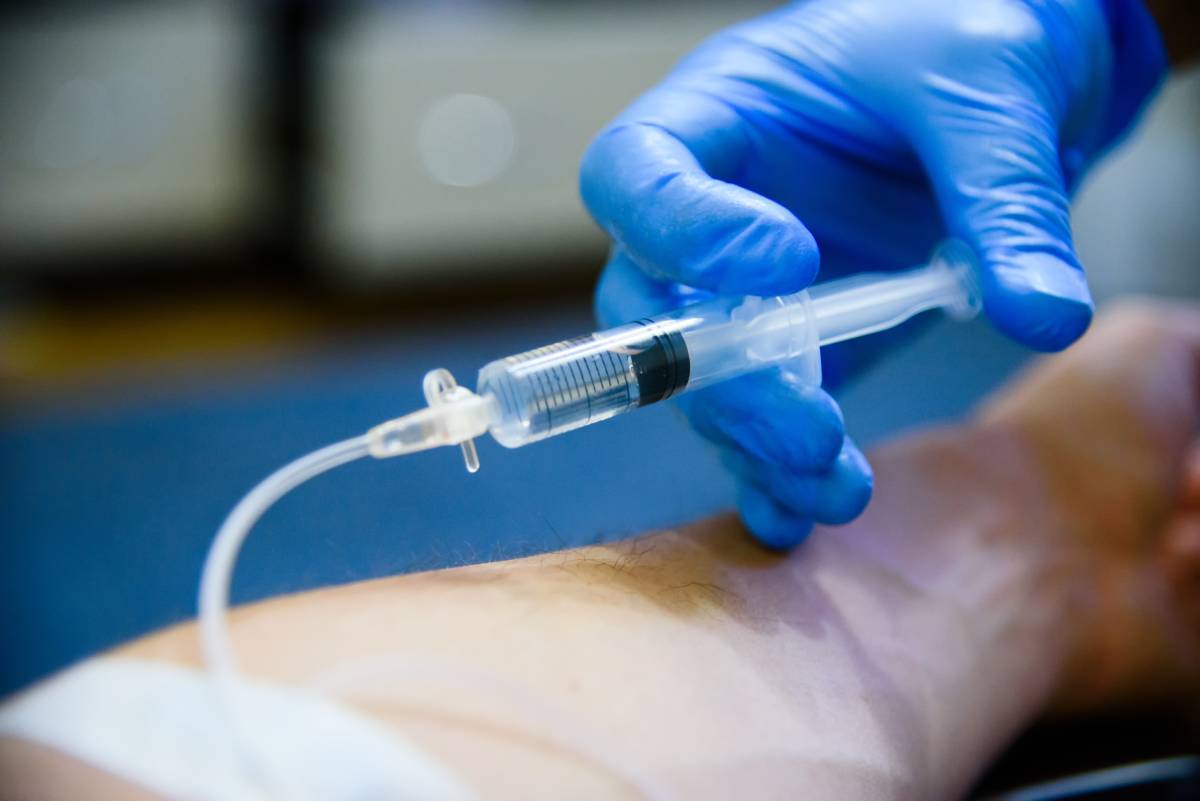Oxygenation and ventilation are vital physiological processes that require assessment in both intubated and spontaneously breathing patients. Pulse oximetry offers immediate insights into oxygenation levels, while capnography provides real-time data on ventilation effectiveness, as well as information on perfusion and metabolism. Capnography is a noninvasive method for measuring the partial pressure of carbon dioxide (CO2) in exhaled breath, presented as the CO2 concentration over time. It allows end-tidal CO2 (EtCO2) monitoring, a crucial measure of ventilation used in many clinical situations.
The CO2 waveform produced by capnography is characterized by four phases. Phase 1 marks the start of exhalation, where the upper airway clears dead space and CO2 concentration nears zero. Phase 2 shows a rapid increase in CO2 concentration as alveolar CO2 reaches the upper airway. Phase 3 (alveolar plateau) demonstrates a uniform CO2 concentration throughout the breath stream, from alveoli to nose. At the end of the alveolar plateau, we find the maximum CO2 concentration at the end of the tidal breath, i.e. end-tidal CO2, which is displayed numerically on the monitor. Phase 4 represents the inspiratory phase, where CO2 levels return to zero.
End-tidal monitoring is clinically valuable, particularly for confirming the correct placement of an endotracheal tube (ETT). It is essential to verify ETT placement in the trachea immediately after intubation, as an incorrectly positioned tube can lead to hypoxemia, hypoxic encephalopathy, or even death. ETT misplacement can occur in various settings, including the emergency department, intensive care unit, and operating room. While traditional methods like chest auscultation and observing chest rise were once used to confirm ETT placement, they are now considered unreliable. Capnography offers a more objective means of confirming ETT position. After intubation, the sustained presence of a CO2 waveform with all four phases indicates correct placement in the trachea. Consensus guidelines define the sustained presence of exhaled CO2 as follows: 1) the waveform rises during exhalation and falls during inspiration, 2) the amplitude remains consistent or increases over seven breaths, 3) the peak amplitude is more than 7.5 mmHg over baseline, and 4) the reading is clinically appropriate.
End-tidal monitoring is also valuable for assessing the efficacy of cardiopulmonary resuscitation (CPR) during emergencies, providing a noninvasive means to measure cardiac output. In cardiac arrest situations, where alveolar ventilation and metabolism remain relatively constant, EtCO2 reflects pulmonary blood flow. Effective CPR leads to increased cardiac output, resulting in a rise in EtCO2 due to improved perfusion. According to a prospective observational study, EtCO2 levels drop to <3 mmHg immediately after cardiac arrest, then increase during chest compressions, peaking at >7.5 mmHg just before the return of spontaneous circulation (ROSC). This peak in EtCO2 is often the earliest indicator of ROSC and may occur just before the return of a palpable pulse or measurable blood pressure.
In conclusion, capnography and end-tidal monitoring are invaluable for assessing respiratory and circulatory function, particularly in the context of ETT placement confirmation and cardiopulmonary resuscitation monitoring. As guidelines and technology progress, capnography remains a cornerstone in the comprehensive evaluation and management of patients’ respiratory status, playing a vital role in improving patient outcomes and safety.
References
Falk JL, Rackow EC, Weil MH. End-tidal carbon dioxide concentration during cardiopulmonary resuscitation. N Engl J Med. 1988 Mar 10;318(10):607-11. doi: 10.1056/NEJM198803103181005. PMID: 3125432.
Friesen RH, Alswang M. End-tidal PCO2 monitoring via nasal cannulae in pediatric patients: accuracy and sources of error. J Clin Monit. 1996 Mar;12(2):155-9. doi: 10.1007/BF02078136. PMID: 8823636.
Gravenstein N. Capnometry in infants should not be done at lower sampling flow rates. J Clin Monit. 1989 Jan;5(1):63-4. doi: 10.1007/BF01618370. PMID: 2494305.
Sasse FJ. Can we trust end-tidal carbon dioxide measurements in infants? J Clin Monit. 1985 Jul;1(3):147-8. doi: 10.1007/BF02832253. PMID: 3938478.
Sheak KR, Wiebe DJ, Leary M, Babaeizadeh S, Yuen TC, Zive D, Owens PC, Edelson DP, Daya MR, Idris AH, Abella BS. Quantitative relationship between end-tidal carbon dioxide and CPR quality during both in-hospital and out-of-hospital cardiac arrest. Resuscitation. 2015 Apr;89:149-54. doi: 10.1016/j.resuscitation.2015.01.026. Epub 2015 Jan 30. PMID: 25643651.
ECC Committee, Subcommittees and Task Forces of the American Heart Association. 2005 American Heart Association Guidelines for Cardiopulmonary Resuscitation and Emergency Cardiovascular Care. Circulation. 2005 Dec 13;112(24 Suppl):IV1-203. doi: 10.1161/CIRCULATIONAHA.105.166550.105.166550. Epub 2005 Nov 28. PMID: 16314375.
Paiva EF, Paxton JH, O’Neil BJ. The use of end-tidal carbon dioxide (ETCO2) measurement to guide management of cardiac arrest: A systematic review. Resuscitation. 2018 Feb;123:1-7. doi: 10.1016/j.resuscitation.2017.12.003. Epub 2017 Dec 5. PMID: 29217394.

